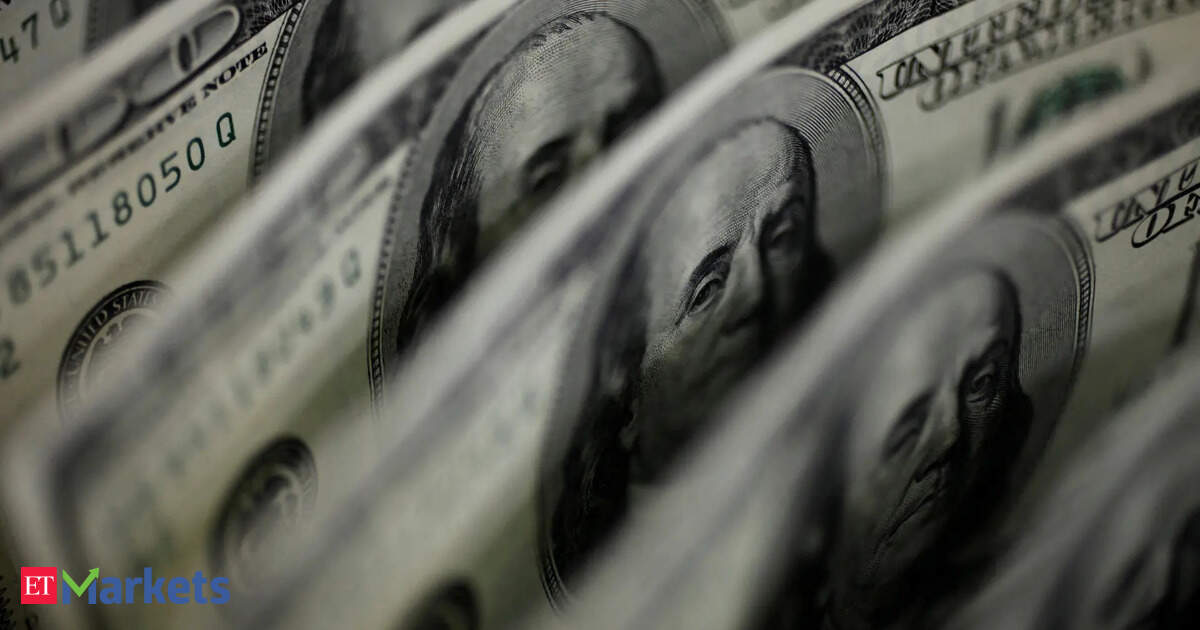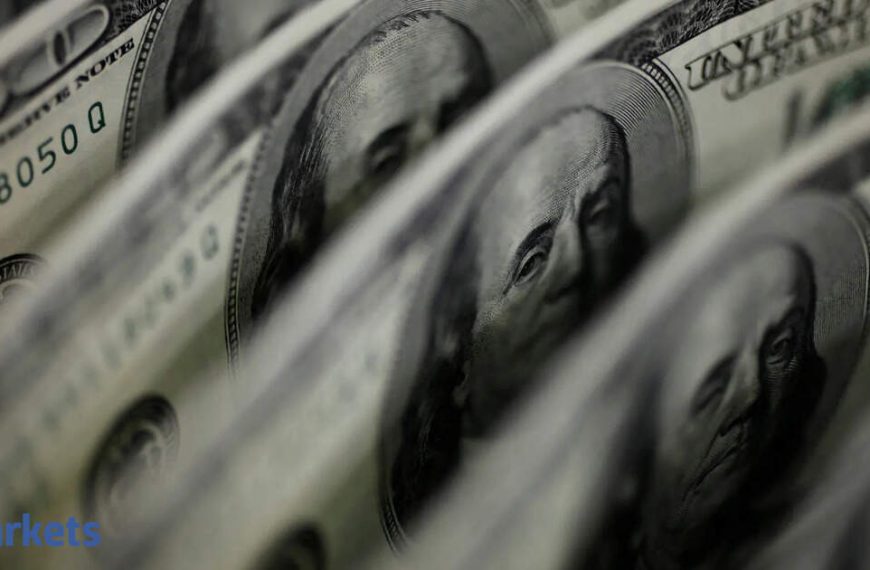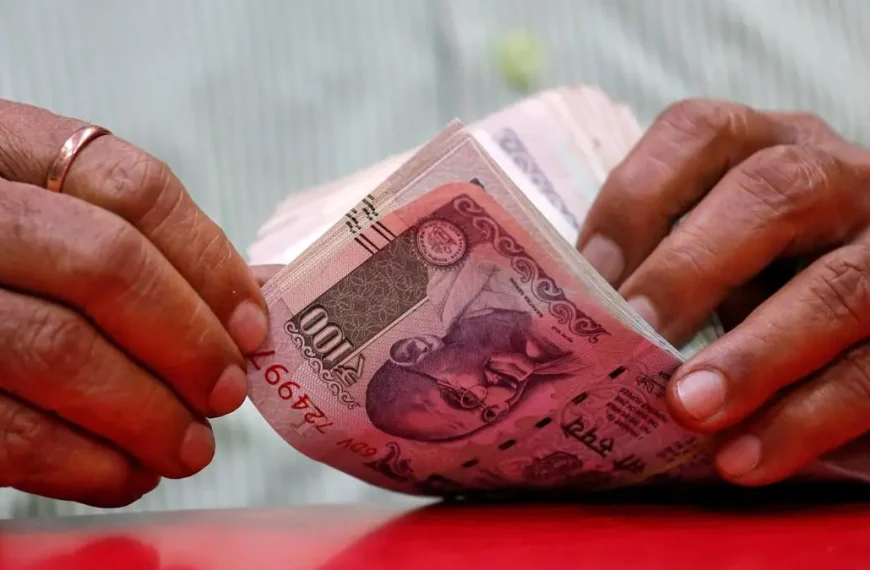As traders eagerly anticipate U.S. President Donald Trump’s upcoming announcement regarding new tariffs, the dollar has shown a slight increase, while other currencies remain stable. Scheduled for later today, this announcement could have significant implications for global markets, and the financial community is on high alert. With potential changes in trade policies on the horizon, the atmosphere is charged with uncertainty.
Currency Movements Ahead of Tariff Announcement
The euro is currently trading at $1.0792, and the British pound is holding steady at $1.2924. Both currencies are showing minimal fluctuations as market participants brace for a major announcement from the White House, expected around 2000 GMT. This announcement is anticipated to introduce substantial new tariffs that could disrupt existing trade dynamics.
Key Points:
- Euro: $1.0792
- British Pound: $1.2924
- Announcement Time: 2000 GMT
According to White House spokesperson Karoline Leavitt, the tariffs will be reciprocal, meaning they will apply to countries that have imposed duties on U.S. goods. Carol Kong, a currency strategist at Commonwealth Bank of Australia, emphasized that market sentiment is likely to be heavily influenced by the lead-up to the announcement. “The markets are going to be jittery ahead of the announcement,” Kong noted, highlighting the potential for significant currency shifts based on tariff news.
Anticipated Impact of New Tariffs
The dollar has strengthened against the Japanese yen, rising 0.15% to 149.85. The Australian dollar remains steady at $0.62785, while the New Zealand dollar has seen a slight increase of 0.11%, now at $0.5707. Although the specifics of the new tariffs are still unclear, there are reports that Trump’s team may propose raising duties by approximately 20% on goods from nearly all countries, rather than targeting specific nations or products.
Expert Insight:
Chris Weston, head of research at Pepperstone, shared insights into the potential effects: “While a 20% blanket tariff rate could theoretically boost the U.S. dollar, the market’s focus is on whether these tariffs will exacerbate stagflation risks in the U.S. economy.” Concerns surrounding an escalating trade war and disappointing economic data have contributed to fears of a recession, leading to a decline in the dollar’s value this year.
Economic Context and Market Reactions
Despite a modest uptick on Wednesday, the dollar rose to 104.25 against a basket of currencies, marking a recovery after experiencing a 3.1% drop in March—the largest monthly decline since November 2022. Recent economic data reveals a contraction in U.S. manufacturing for March, coupled with a spike in factory gate inflation, which has reached its highest levels in nearly three years. This inflation surge is linked to rising concerns about impending tariffs on imported goods.
Economists at Wells Fargo commented, stating, “The front-running of tariffs and the shift to minimize import exposure is driving up prices, while persistent uncertainty is crimping underlying demand and leaves manufacturers longing for clarity.”
Broader Currency Landscape
In other currency movements, the Canadian dollar is stable at C$1.4303, while the Mexican peso has slightly weakened to 20.3610 per dollar. Notably, Canadian Prime Minister Mark Carney and Mexican President Claudia Sheinbaum held discussions on Tuesday regarding Canada’s strategy to counter what they term "unjustified trade actions" from the United States.
As the situation unfolds, market participants are advised to stay tuned for updates on the tariff announcement and its broader implications for international trade and economic stability.











